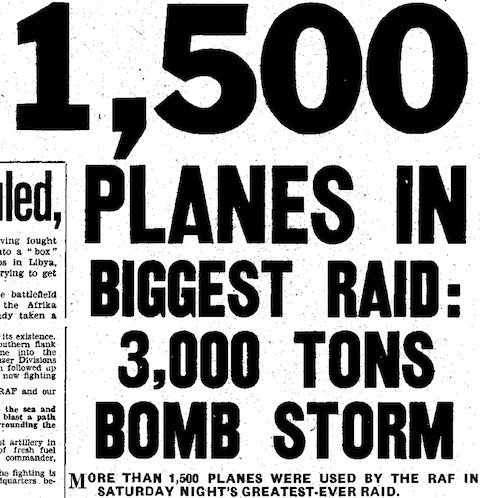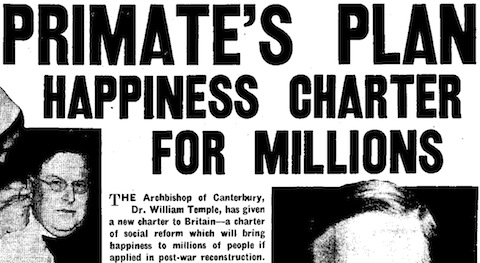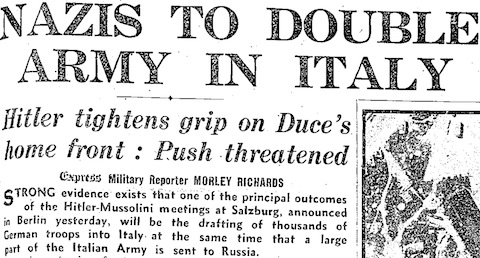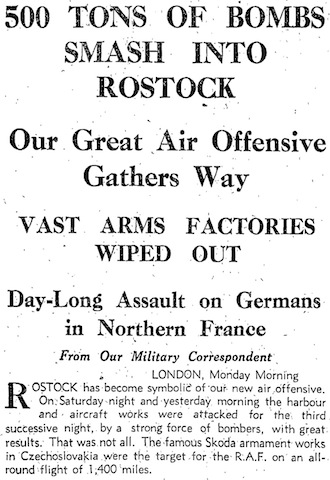Social war, now and then
[Cross-posted at Society for Military History Blog.] The current conflict in Gaza has attracted much media attention for the so-called Twitter war being fought between the IDF and Hamas, or, more precisely, between the @IDFSpokesperson and @AlqassamBrigade accounts and their respective followers. Insults are traded back and forth, photos and videos of rocket attacks and […]









